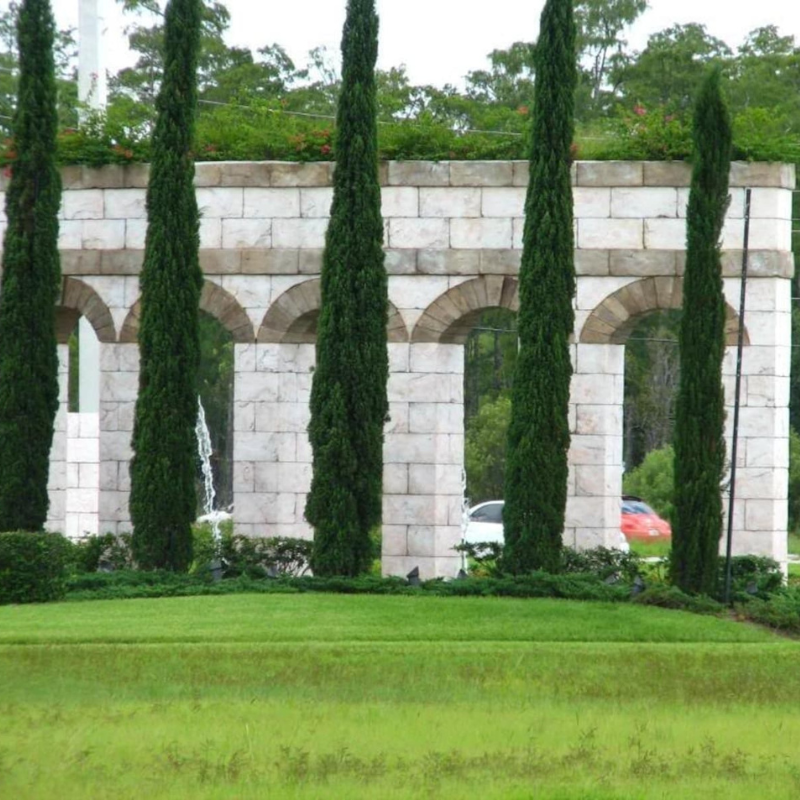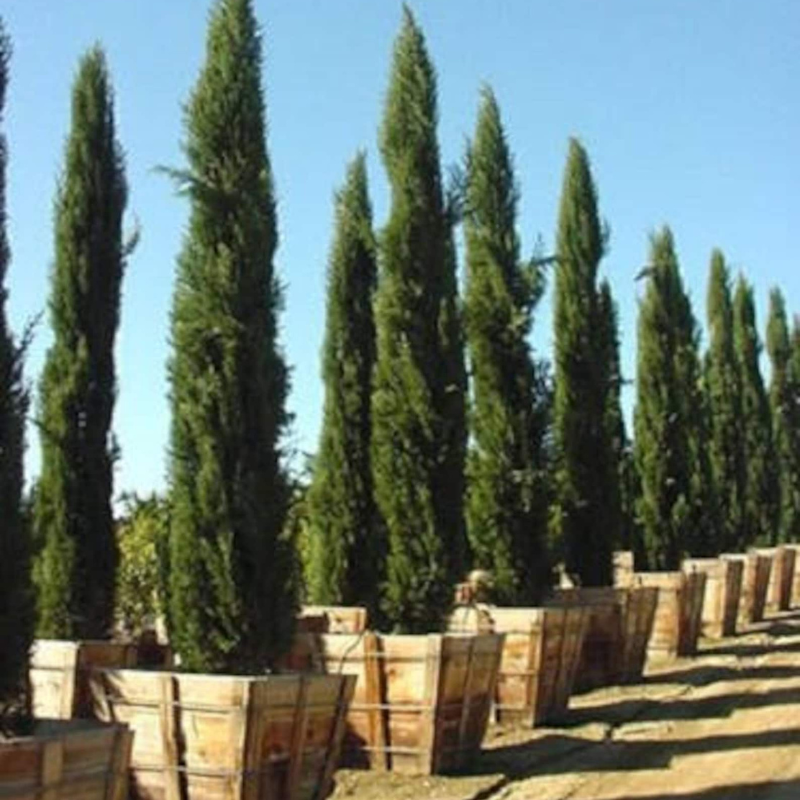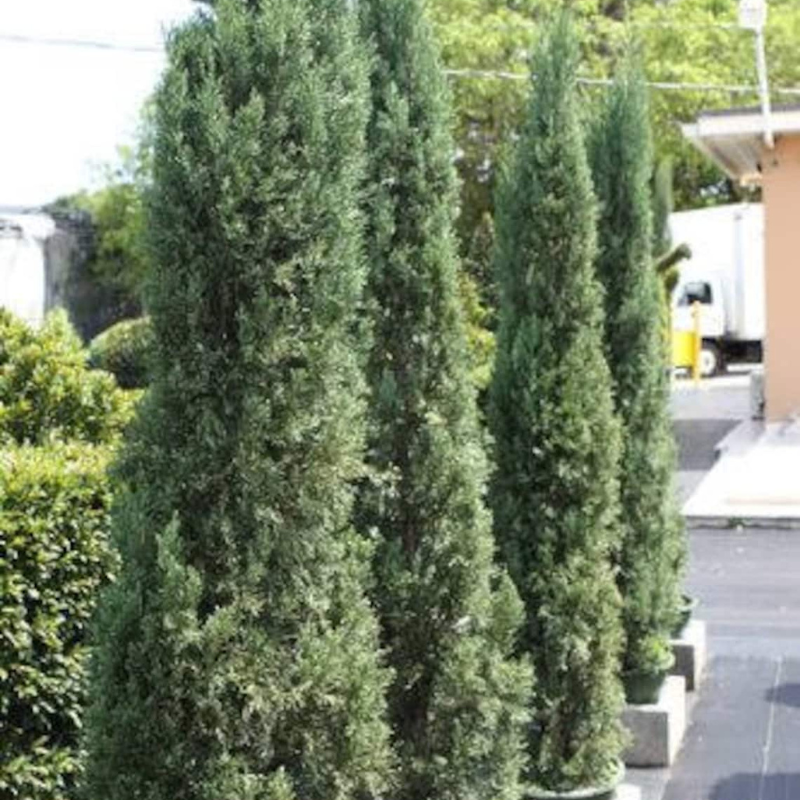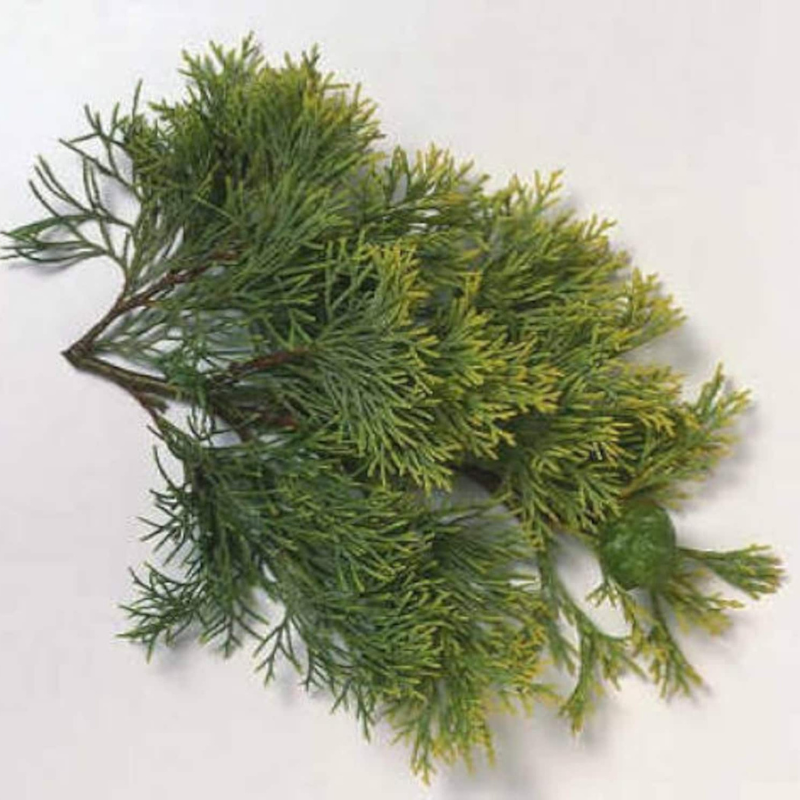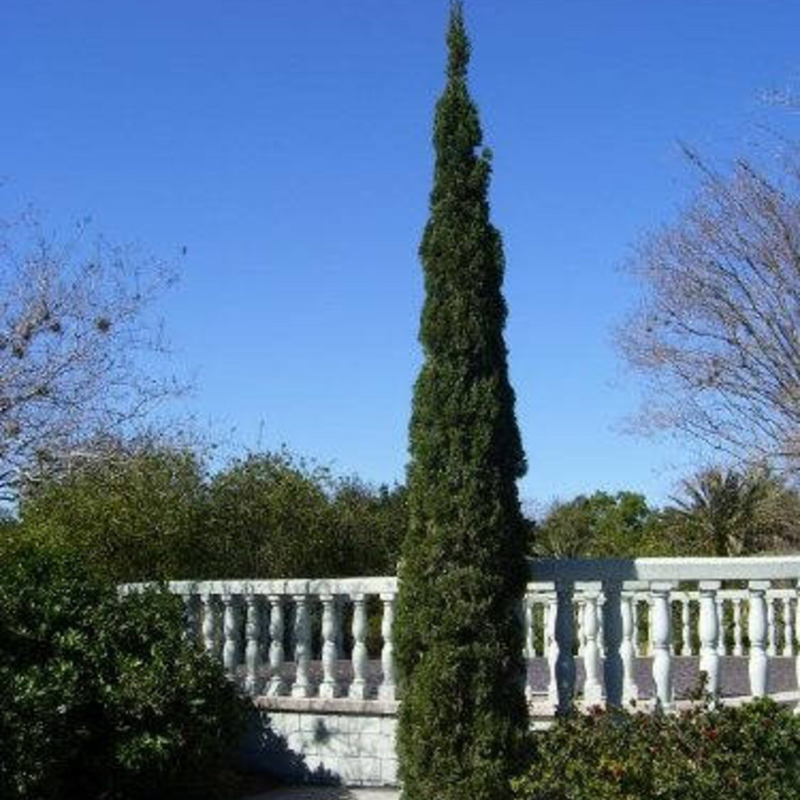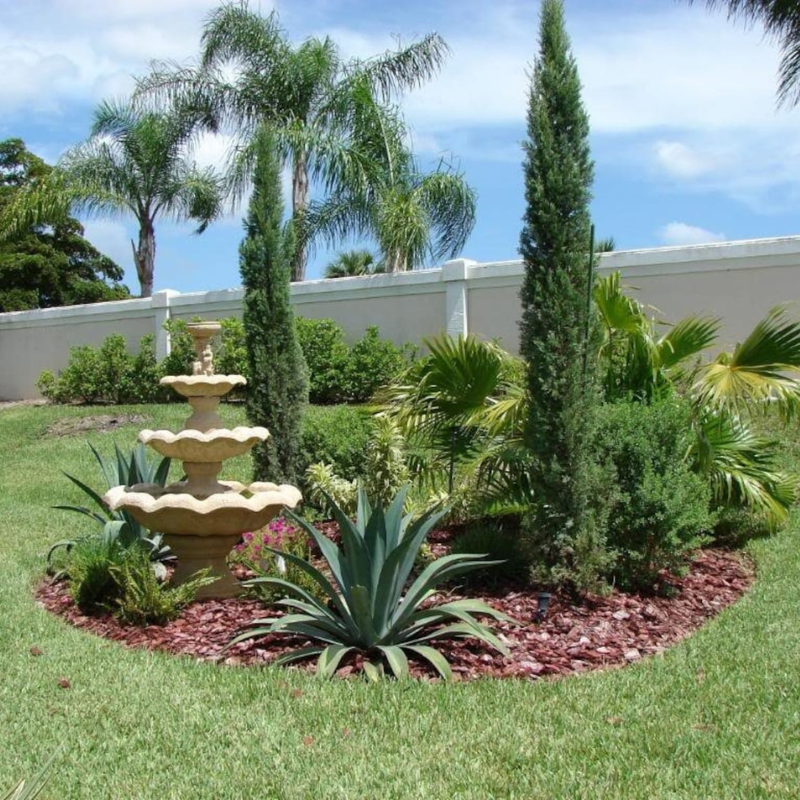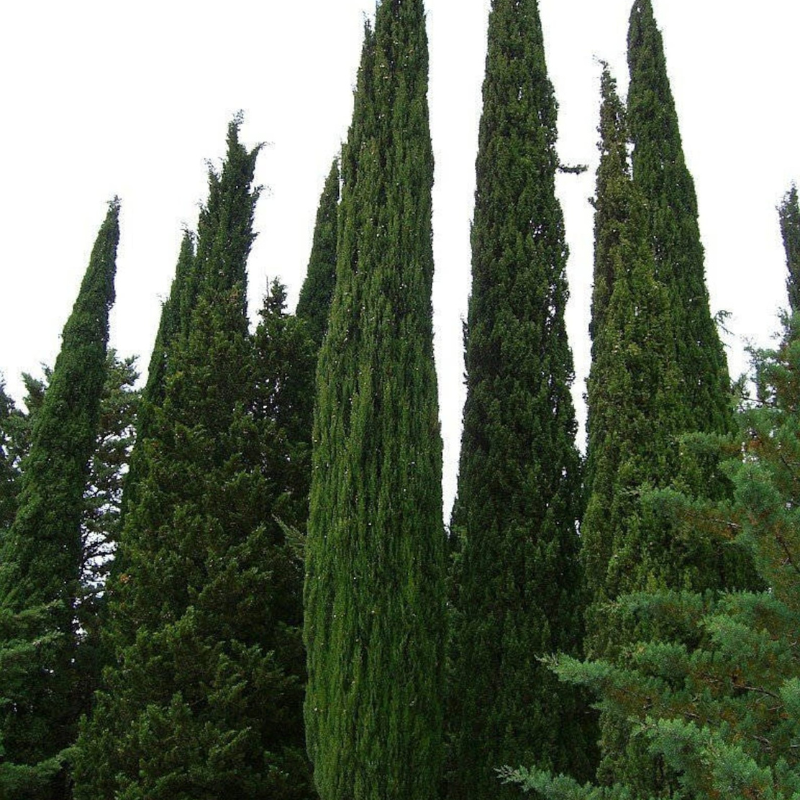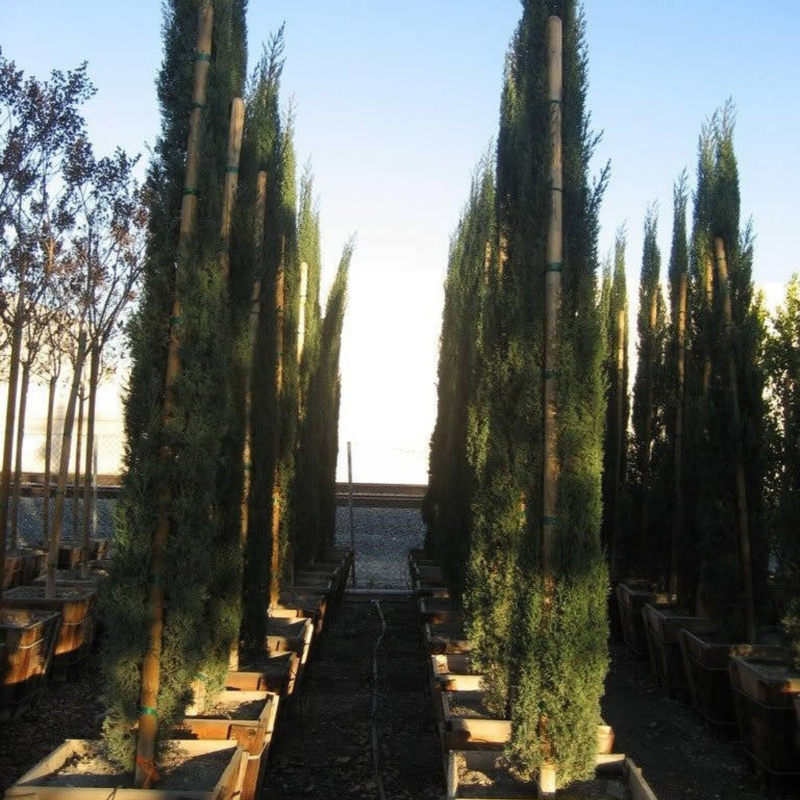- Historical context: The Mediterranean Cypress (Cupressus sempervirens) has been cultivated for thousands of years and is often associated with ancient civilizations such as the Greeks and Romans.
- Geographical origination: Native to the eastern Mediterranean region, including parts of Greece, Turkey, and the Middle East.
- Relevant cultural significance: The tree is a symbol of mourning and immortality in many cultures. It is often planted in cemeteries and sacred sites.
- Time period of discovery: The exact time period of discovery is not well-documented, but it has been known and utilized since ancient times.
- Original habitat: Typically found in dry, rocky hillsides and coastal areas of the Mediterranean region.
- Notable historical uses: Used for timber, ornamental purposes, and in traditional medicine. The wood is highly valued for its durability and resistance to decay.
- Ideal temperature range: Thrives in temperatures ranging from 50°F to 85°F (10°C to 30°C).
- Soil type: Prefers well-drained, sandy or loamy soils with a neutral to slightly alkaline pH.
- Sunlight requirements: Requires full sun to partial shade.
- Watering needs: Drought-tolerant once established, but young trees need regular watering until they are well-rooted.
- Planting season: Best planted in the fall or early spring.
- Germination time: Seeds typically germinate within 4 to 8 weeks.
- Growth cycle duration: Slow-growing, with an average growth rate of 12 to 24 inches per year.
- Common pests and diseases: Susceptible to cypress canker, spider mites, and aphids.
- Companion planting advice: Can be planted alongside other drought-tolerant plants such as lavender, rosemary, and sage.
- Common challenges and solutions: Overwatering can lead to root rot. Ensure proper drainage and avoid waterlogged soil. Regularly inspect for pests and treat with appropriate insecticides if necessary.
- Nutritional values: Not applicable as the seeds are not typically consumed.
- Health benefits: The essential oils derived from the tree have antiseptic and anti-inflammatory properties.
- Culinary uses: Not commonly used in culinary applications.
- Medicinal uses: Traditionally used in herbal medicine to treat coughs, colds, and skin conditions.
- Other unique advantages: The tree is highly valued for its aesthetic appeal and is often used in landscaping and as a windbreak. Its wood is also prized for its durability and resistance to decay.
